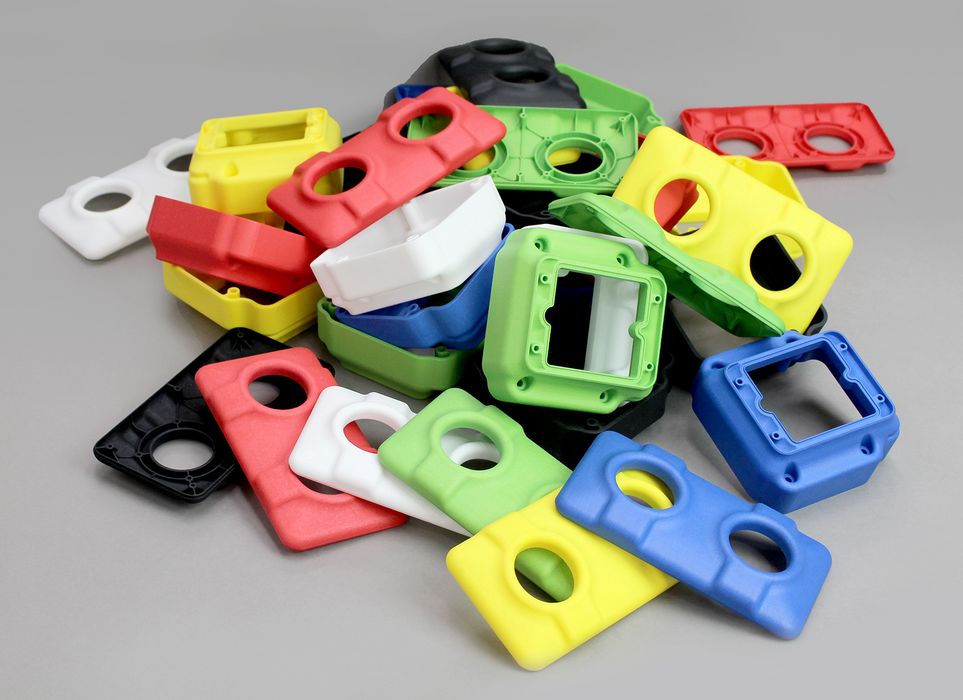
The idea of satellite 3D printing might be new to you.
And it doesn’t mean 3D printing space satellites. This is quite a different concept, and it relates to digital inventory.
Digital inventory is the concept where instead of pre-making thousands or millions of spare parts that might be required in the future, part designs are stored digitally and produced only when actually required. This provides enormous savings over physical inventory approaches, where physical space and manual labor are required.
But there’s another twist to the digital inventory equation that might not be immediately obvious: shipping.
Shipping is the bane of many in the 3D print industry. Consider the case of the most common 3D print material, spooled filaments. These are relatively easily manufactured and are made by many large firms.
But once made, these spools have to get to their destinations, which could be anywhere on Earth. In the case of a single spool, the cost of shipping to “anywhere” can exceed the value of the spool itself.
This is why many filament manufacturers have challenges selling outside of their home region: shipping costs make their products uncompetitive against locally-produced options. Normally this is overcome by shipping many spools in batches to local resellers, but that lowers the margin on the products.
The same effect can occur in digital inventory configurations. Imagine a company that’s switched to a digital inventory and they have a central factory where spare parts are produced on demand. That would work well, except in the case where the parts must be shipped great distances.
Shipping long distances not only takes time and expense, it can also involve significant paperwork and costs as the shipment traverses international borders. These can also introduce unexpected delays.
Aha, then the solution would be to establish 3D print factories in many regions, each able to handle local spare part requests more efficiently. Unfortunately such a setup of International factories would be far too expensive but for the largest firms.
One company that’s figured out a solution to this dilemma is 3DPRINTUK, a UK-based 3D print service. They’re offering what they call “satellite 3D printing”. They explain:
“Today, 3DPRINTUK is promoting its ability to act as a satellite manufacturing facility for any overseas manufacturers to service UK spare part demand by curating their digital inventory.”
In other words, they would become that overseas factory producing spare parts from a company’s digital inventory. In this case, it would be for the UK region.
3DPRINTUK could potentially act as the manufacturer for multiple companies with digital inventories. This effectively “shares” the overseas factory with other parties that may not even be aware of each other.
3DPRINTUK’s CEO, Nick Allen, said:
“At 3DPRINTUK, we hold digital files — effectively digital inventory — on behalf of customers, and our customers also hold digital inventories stored in-house on local computers or in the cloud. This means that these customers can drastically reduce stock levels, and can activate the production of any spare parts in any volume required at the click of a mouse. This is true just-in-time manufacturing and is possible using 3D printing, as production is direct from design files and does not require time-consuming and costly production of tools. As such, at 3DPRINTUK we are a critical part of a truly digital workflow, completely revolutionising the ways that manufacturers view the need for warehousing and associated logistical costs, and taking an enormous strain off the balance sheet.”
This arrangement makes it vastly simpler for a company wishing to rapidly extend the effectiveness of a digital inventory solution. If there were similar services in other regions, it would be easily possible for a company to set up a vast, worldwide manufacturing network for spare parts.
Finally, this concept is exceptionally good for the environment, as locally-produced parts would not require carbon-producing intercontinental shipping. Instead the “shipping” is simply the electronic transmission of the digital file.
Shipping, digitized.
Via 3DPRINTUK
